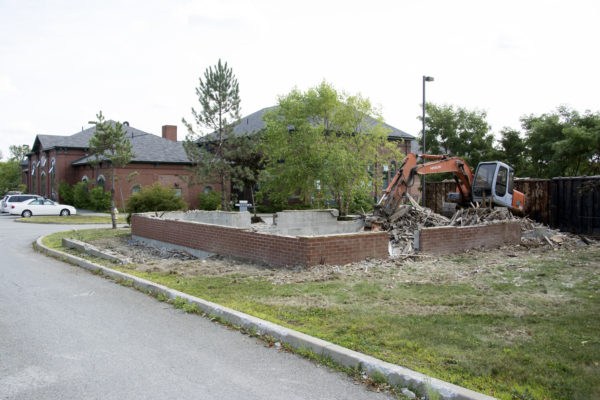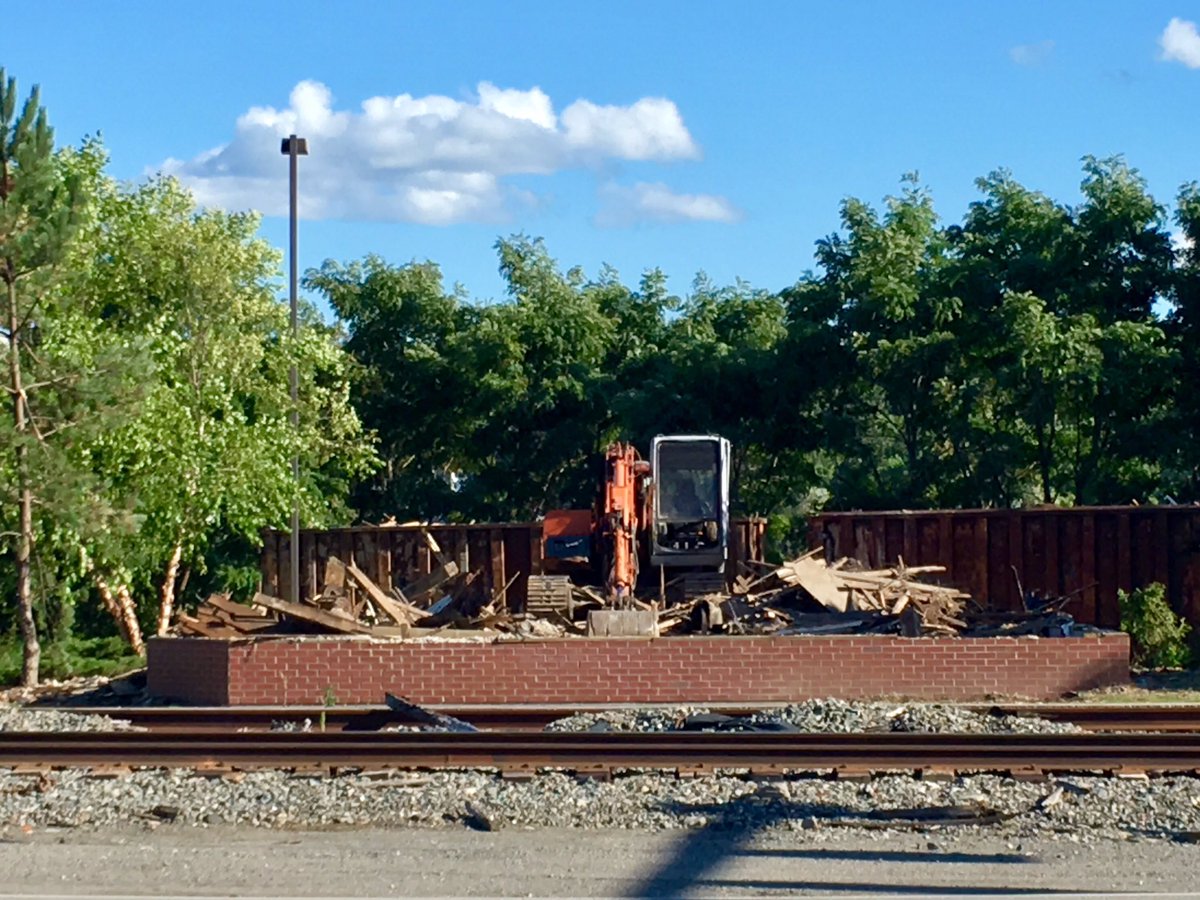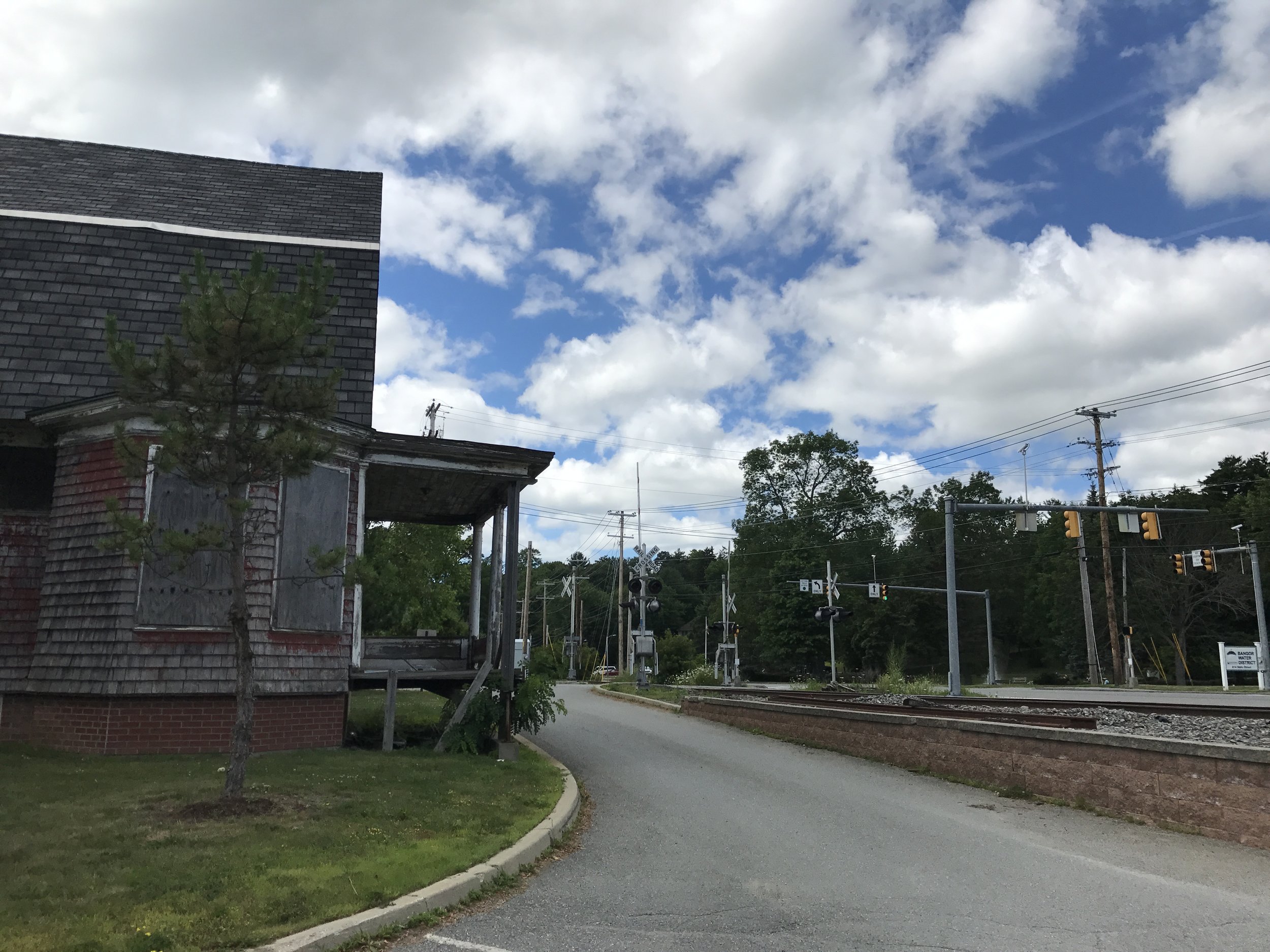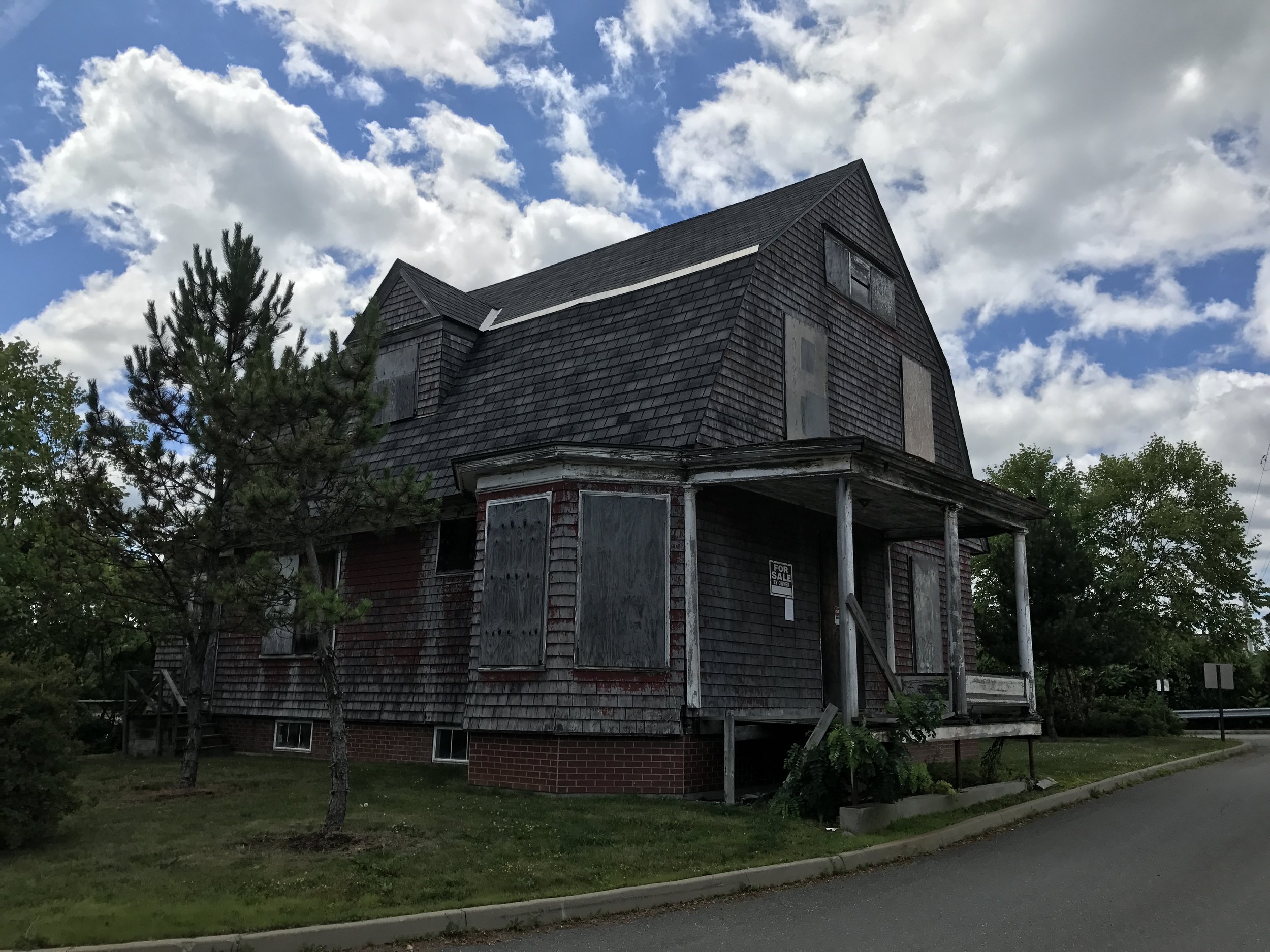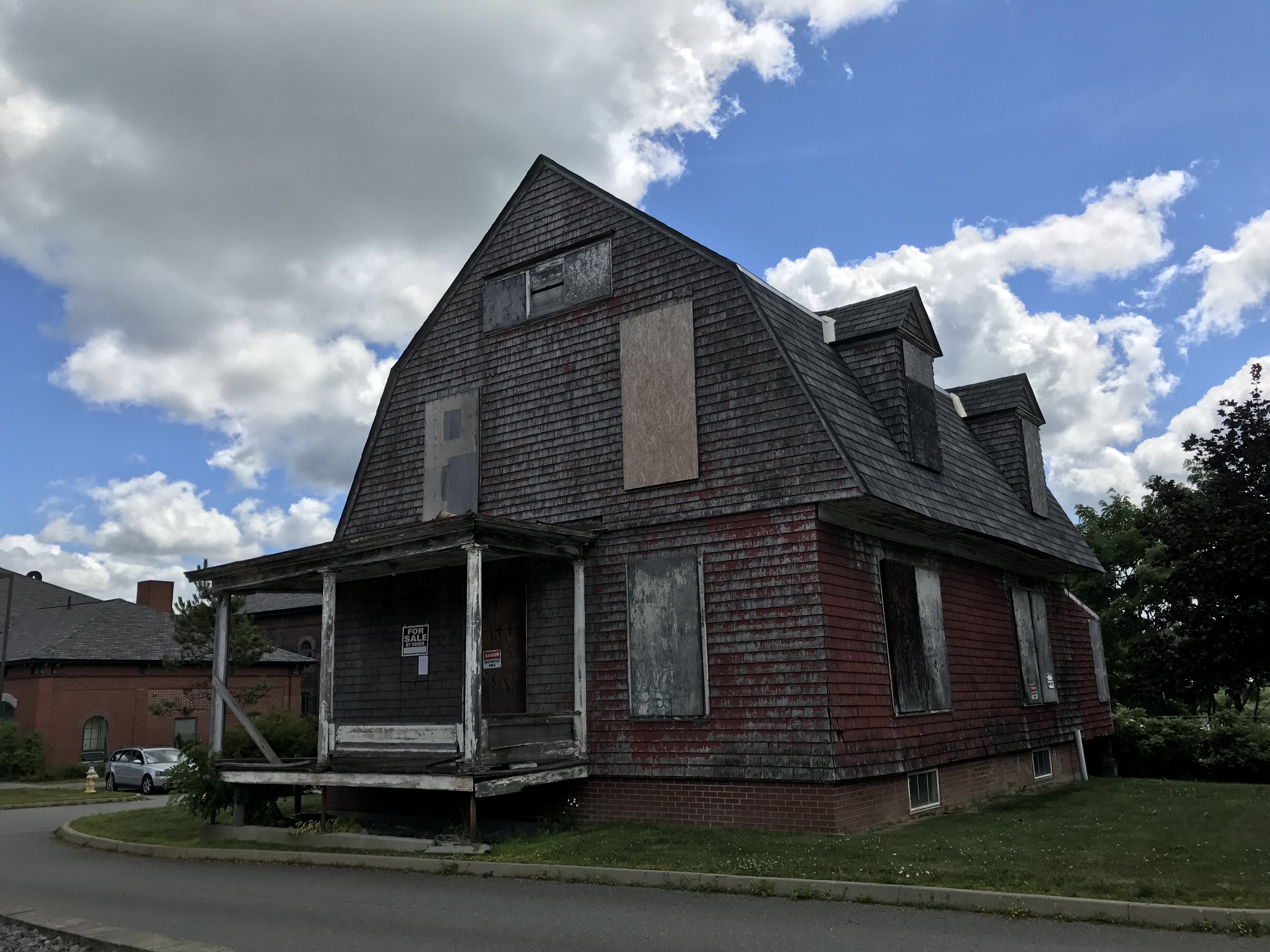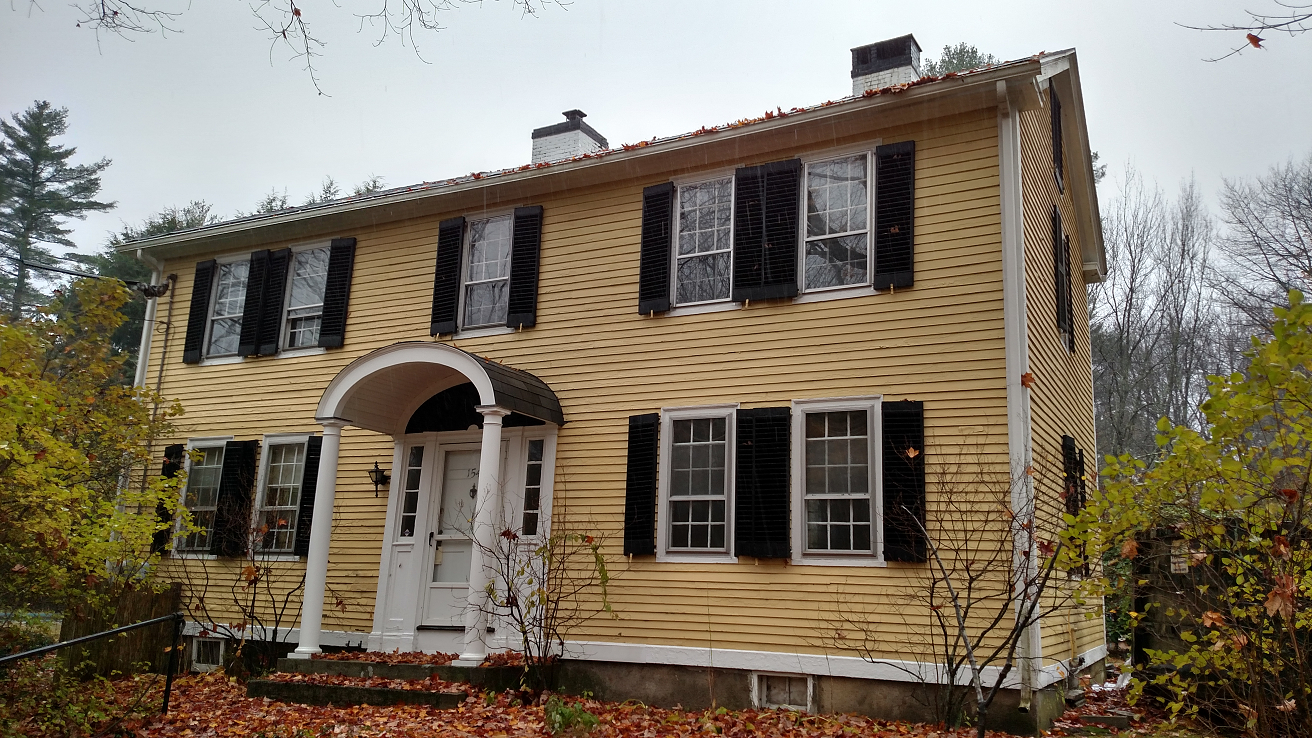
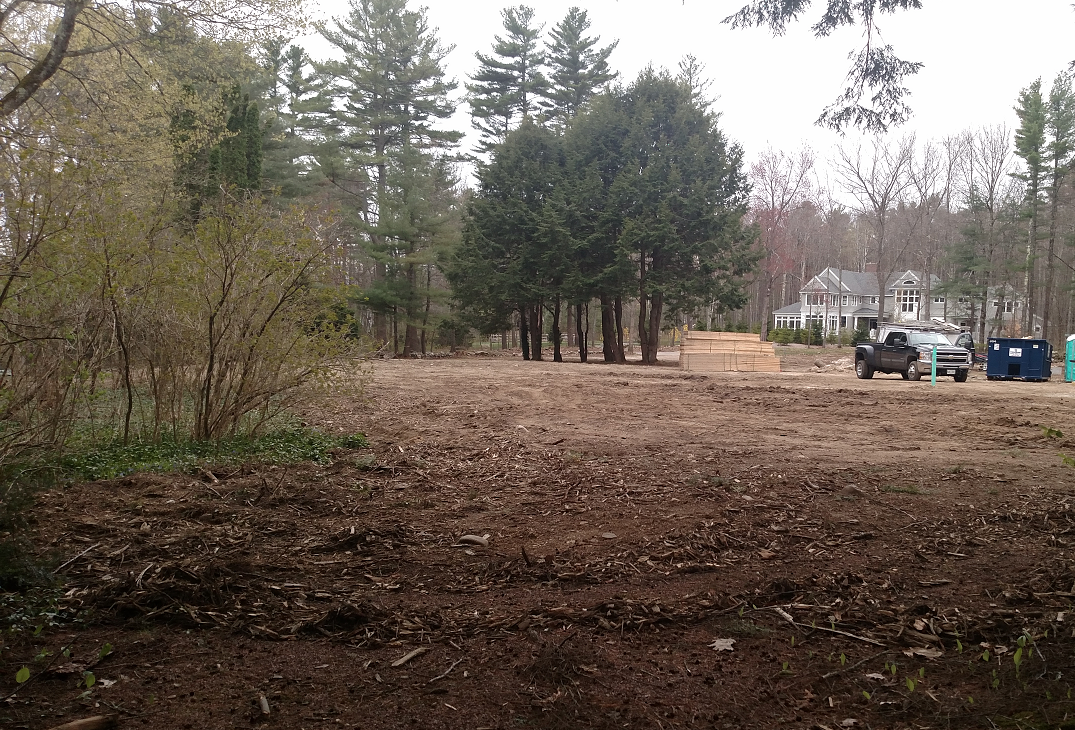
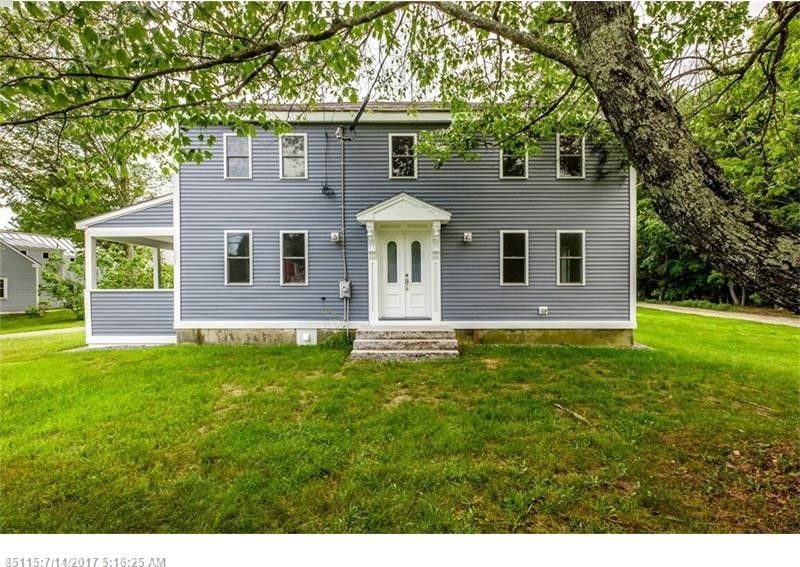
The Story
As the real estate economy continues to improve, preserving historic houses has become an increasingly critical issue. Individual houses and those in historic neighborhoods are threatened by the absence of local protection from demolition or major loss of their historic character.
Foreside Road in Cumberland and Falmouth, Route 88, has been cited by preservations from across the country as being among the most architecturally diverse roads in the country. Recently, an important ca.1790 sea captain’s house at 154 Foreside Road in Cumberland was demolished without any review, input from neighbors or local residents or consultation with preservation organizations. Set back just meters from what was the Old State Road, the house was an important link to development along this significant corridor less than a decade after the end of the American Revolution. The house was demolished because ironically the Town of Cumberland, in seeking to encourage denser neighborhood development, had recently decreased minimum lot size from two acres to one acre. This house sat on a two-acre lot and when a builder decided to build a second house the historic house was razed to make it easier to have two houses.
In Rockland, the recent demolition of a house associated with two internationally famous actresses from the early Broadway and Silver Screen era, Maxine and Gertrude Elliot, has sparked local concern over the ease with which an owner in Rockland could bring down a significant landmark. Community discussion on how to protect important community heritage has now begun. Unfortunately, it is often the case that a significant building has to be lost to demolition prior to action. However, increasingly communities are becoming proactive.
The Threat
Cumberland has no local historic ordinance to protect historic houses, nor do the adjoining towns of Yarmouth, Falmouth, North Yarmouth, Gray or Windham. As a result, rehabilitation for resale of the old Stagecoach Annex on a historic stretch of Walnut Hill Road in North Yarmouth removed much of the original historic features of the house. In fact only about 25 towns and cities in Maine do have some protection; this compares to 84 in New Hampshire. But, towns exploring or recently upgrading local protection include Biddeford, Bridgton, Damariscotta, Durham, Gorham, Rockland and Searsport.
Coinciding with the lack of protections in place for historic homes, housing and homebuilding in the United States is striving for cost efficiency above all other factors. Character and longevity have in some instances given way to convenience and immediate affordability. Misinformation on the energy efficiency of historic homes and the ability to cost-effectively insulate has compounded these issues. That said, there are a number of solutions, some immediately available and some further down the line, which may alleviate such stresses.
The Solution
Modernization of historic homes to current code and efficiency standards while retaining historic features is easily and frequently accomplished. Rehabilitations which do not retain historic features are generally more expensive and in most cases, far less durable.
A key step in preserving historic houses and neighborhoods is developing greater public awareness. Surveying and assembling a list of historic buildings is a community building activity that fosters civic pride, as the history of the community comes alive through its structures.
Passing an ordinance to protect these important buildings and guide their rehabilitation is a second step. Studies have shown that protected historic districts appreciate faster than adjoining areas, and faster than similar areas in adjoining towns. This is because such areas improve and maintain their appearance and accentuate historic features, and this character is what attracts residents in the first place, as well as visitors.
A highly effective statewide solution to ensure the preservation of historic houses would be the introduction of a state residential historic tax credit. This credit, currently offered to owner-occupied residents in twenty-three states, is available for homes individually listed in the National Register of Historic Places, those located in National Register-listed districts or locally designated neighborhood or downtown districts. In Maine, the residential credit could mirror the highly effective historic rehabilitation tax credit for income-producing buildings only, which has sparked more than $400 million in project investment since 2008. A15-25% credit on the eligible rehabilitation expenditures or a 35-45% credit if the property is vacant and blighted, is spread over a five-year period, and if the home is sold or is no longer the owner's primary residence, the remaining portion of the credit is forfeited. If enacted, this measure would encourage high-quality rehabilitation work and grow the property tax base while preserve Maine’s unique heritage.

